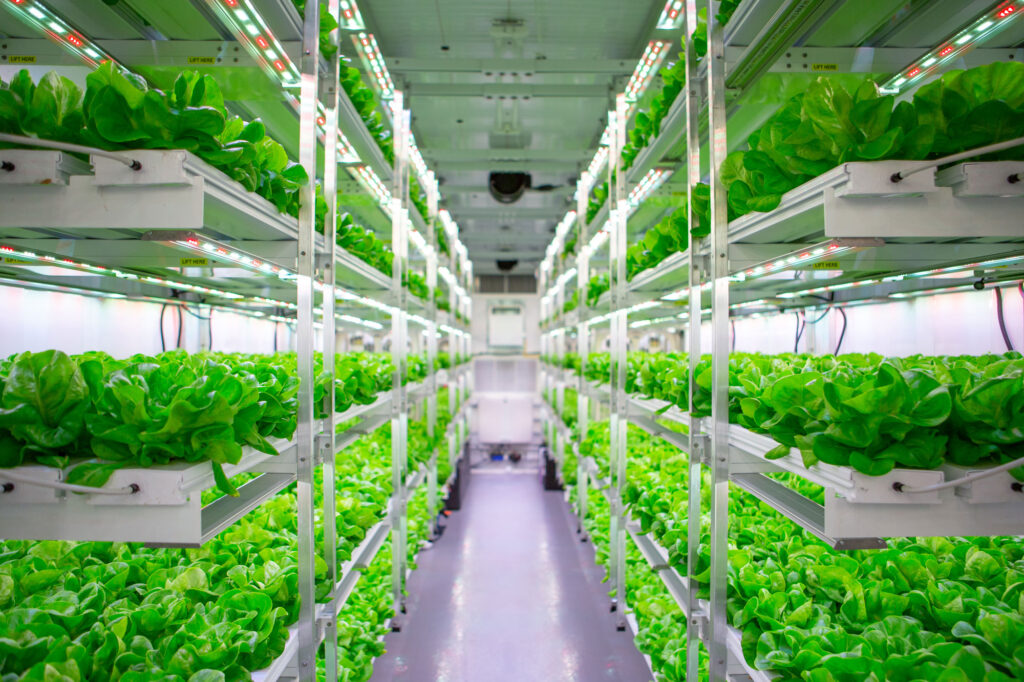In the world of agriculture, hydroponics has emerged as a revolutionary method of growing plants without soil. This innovative approach challenges traditional farming practices and offers a sustainable solution to the growing global demand for fresh and nutritious produce.
Hydroponics is a soilless cultivation technique that relies on nutrient-rich water solutions to deliver essential minerals directly to plant roots. This method provides growers with precise control over the growing conditions, including nutrient levels, pH, and environmental factors. They contribute to water efficiency, using significantly less water compared to traditional soil-based farming, which is particularly beneficial in regions facing water scarcity. Optimal space utilization through techniques such as vertical farming makes it possible to cultivate crops in urban environments or areas with limited arable land. Hydroponics has the potential to reduce the environmental impact of agriculture by enabling precise nutrient control and minimizing the use of pesticides, thereby promoting sustainability. Furthermore, the ability to operate hydroponic systems indoors or in greenhouses facilitates year-round cultivation, independent of external weather conditions, providing a consistent and reliable supply of fresh produce.

Hydroponics Farming: Soilless Cultivation Technique (Photo: Eden Green Technology)
While hydroponics offers numerous benefits, it is not without challenges. Initial setup costs, technical expertise, and the need for consistent monitoring are factors that can pose barriers to adoption. However, as technology advances and awareness grows, these challenges may diminish.
The future of agriculture may well be intertwined with hydroponics, as it addresses critical issues such as food security, resource conservation, and sustainable farming practices. With ongoing research and development, hydroponics has the potential to revolutionize the way we grow and consume food, paving the way for a more resilient and efficient global food system.








